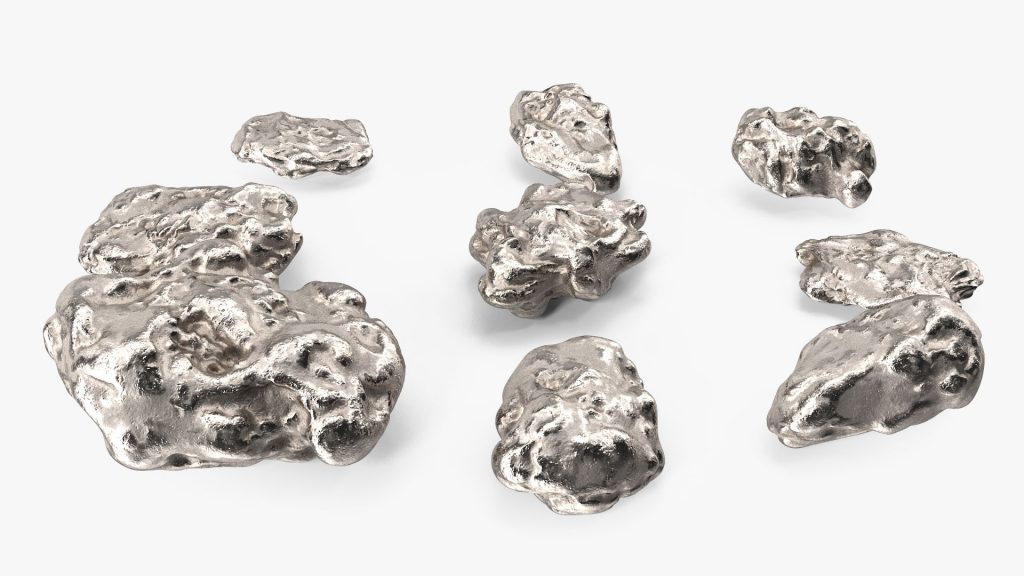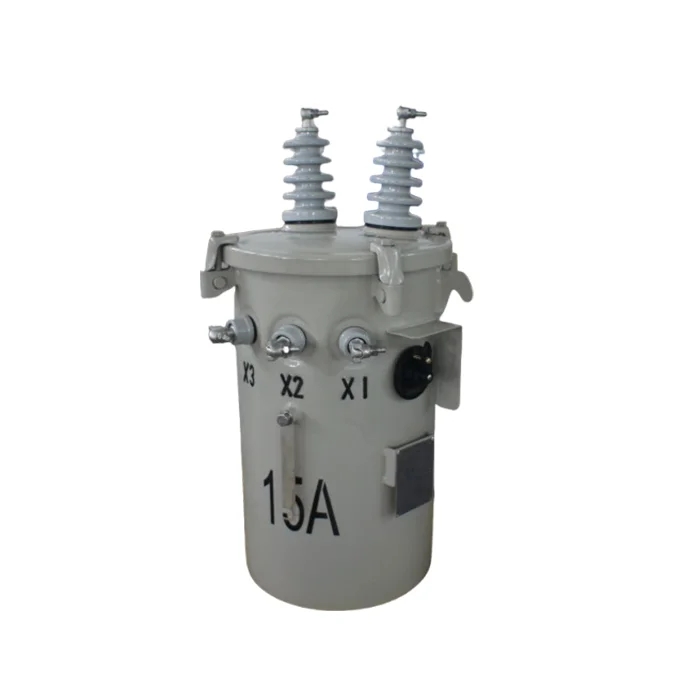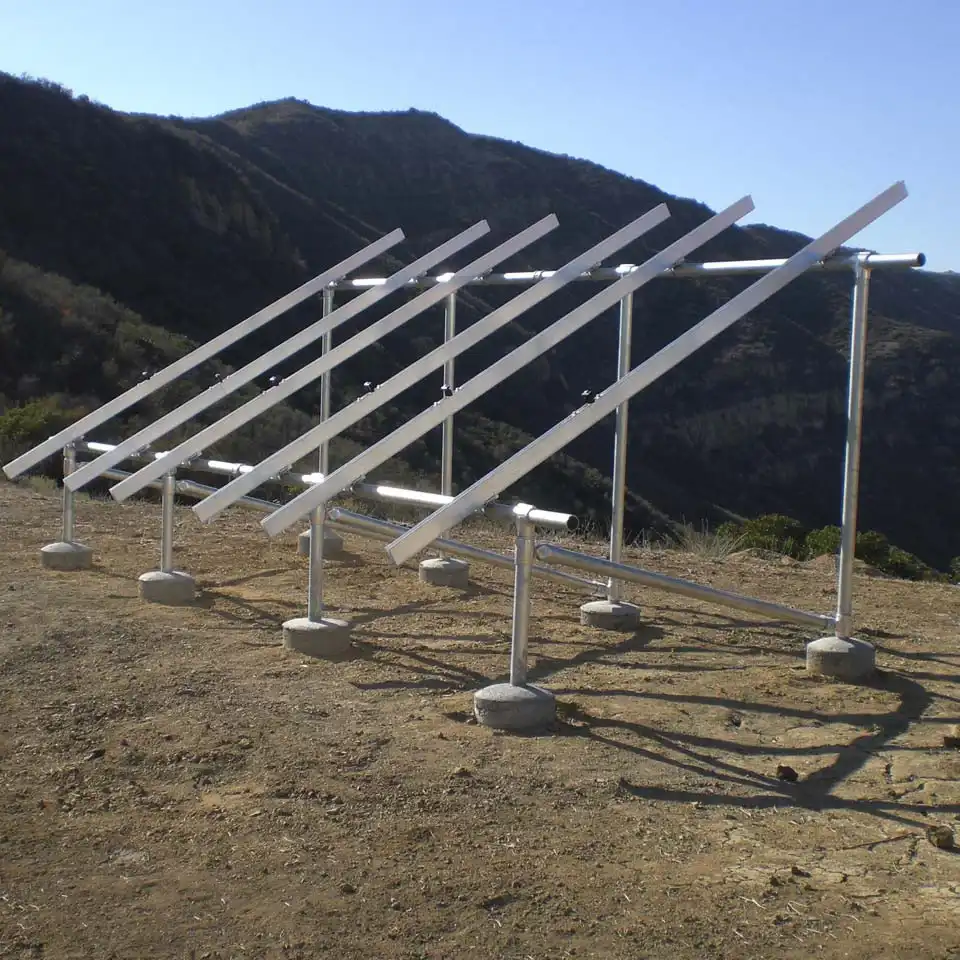The Connection between Non-Metallic Minerals and Oceans: Exploring the Geological Phenomenon

Non-metallic minerals are an essential part of our daily lives, from construction materials to cosmetics. But have you ever wondered why these minerals are often found near oceans? In this blog post, we will explore the geological phenomenon behind this connection and understand the reasons why non-metallic minerals are likely to be found where an ocean exists.
Geological Phenomenon:
The Earth's crust is made up of various types of rocks, including igneous, sedimentary, and metamorphic rocks. Non-metallic minerals are typically found in sedimentary rocks, which are formed by the accumulation of sediments over time. These sediments are often derived from the erosion of pre-existing rocks, which are then transported by water and deposited in oceans.
As these sediments accumulate, they undergo a process called diagenesis, which involves compaction and cementation. This process transforms the loose sediments into solid rock, which can contain non-metallic minerals such as limestone, gypsum, and halite. These minerals are often found in large deposits near oceans, where sedimentation rates are high.
The Role of Water:
Water plays a crucial role in the formation of non-metallic minerals. Oceans are the largest bodies of water on Earth, and they provide the ideal environment for the accumulation of sediments. The movement of water, including waves and currents, can transport sediments over long distances and deposit them in areas where they can undergo diagenesis.
In addition, water can also dissolve minerals and carry them away from their original location. This process, known as erosion, can create new deposits of non-metallic minerals in areas where they were not previously found. For example, the erosion of limestone cliffs by ocean waves can create new deposits of calcium carbonate, which is used in the production of cement.
Conclusion:
In conclusion, the connection between non-metallic minerals and oceans is a result of the geological phenomenon of sedimentation and diagenesis. Oceans provide the ideal environment for the accumulation of sediments, which can undergo diagenesis and form non-metallic minerals. Water also plays a crucial role in the formation of these minerals, as it can transport sediments and dissolve minerals from their original location. Understanding this connection can help us better appreciate the importance of non-metallic minerals in our daily lives.






